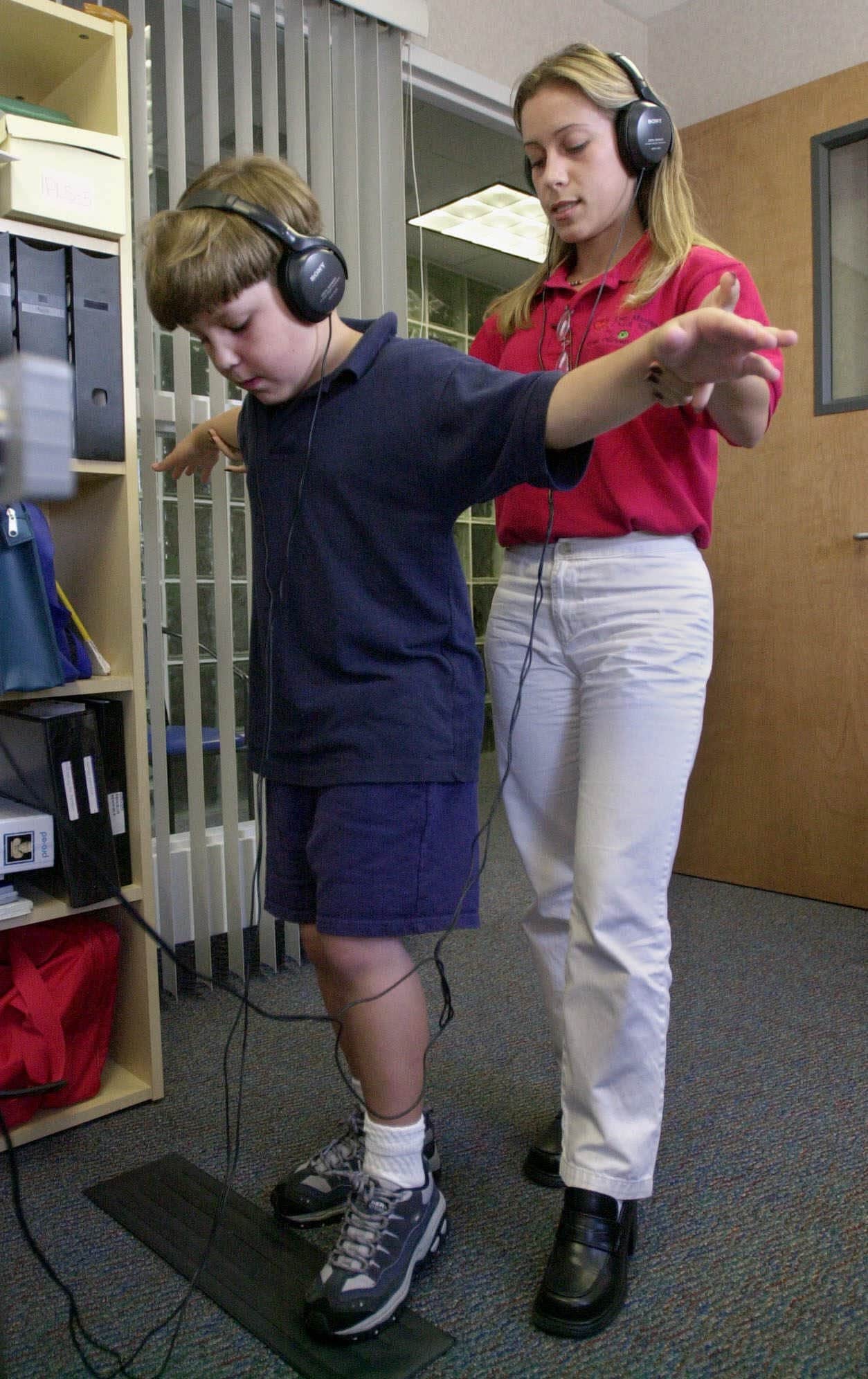Working with coexisting diagnoses

Coexisting Diagnoses
Did you ever have a client with more than one diagnosis that would benefit from IM? Or, how about difficulty treating one diagnosis because a secondary diagnosis was interfering? If you haven’t yet, it will happen in time. What do we do? How do we treat these coexisting diagnoses? Which one do we treat first? All of these questions come into play when you hit that rough spot.
A stroke patient with both motor and cognitive concerns; a patient with a traumatic brain injury with pervasive defecits in motor, language and cognition; a child with autism and sensory processing disorder; or, maybe someone with ADHD and a learning disability or Cerebral palsy. With these diagnoses, it is common for more than one to be impacting your patients treatment sessions. It is often difficult to tease out what to try to treat first” whether to use IM or more traditional therapies.
In my experience, it seems to be beneficial to try to tackle the issue which is impairing the patient from understanding what you are asking them to do. Keep things very simple and try not to overwhelm yourself and your client by trying too many techniques at once.
I once had a client who had coexisting diagnoses of ADHD and Cerebral palsy. This young man had great difficulty not only attending to task, but performing the motoric responses I was asking him to complete. During breaks between IM sessions, I learned that I could keep his attention with things that he was interested in. However, motor coordination was difficult no matter what. So, we needed to tackle a simple motion like tapping with one hand. I worked with him, hand-over-hand, until he could at least continue with the motion with minimal facilitation from me for 30 seconds. I would put my fingers around his wrist to help him not only slow down, but to try to help him find the beat. We kept exercises short because of his ADHD, and kept them simple due to his Cerebral palsy.
Coexisting diagnoses are difficult to tease apart. Try to keep things simple and analyze what exactly is getting in the way of your client performing the task to the best of their ability. Keep them motivated as frustration can run very high for both you and your patient. Start with one thing at a time and do some problem solving. Talk to family and caregivers to get a better idea of what they think is getting in the way of progress. Keep your client involved in the process as well to keep them motivated to participate in the treatment session. Before you know it, both conditions will be showing improvement!
